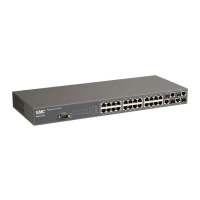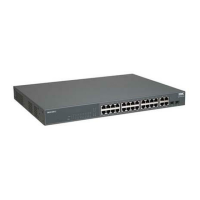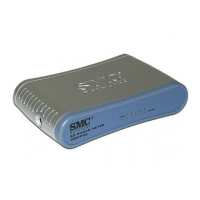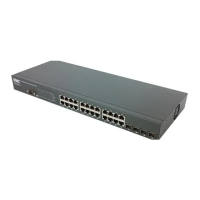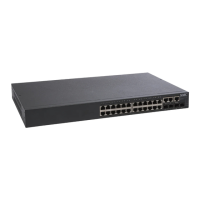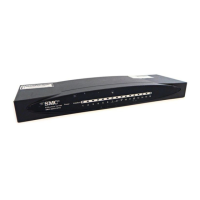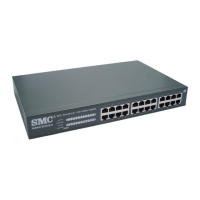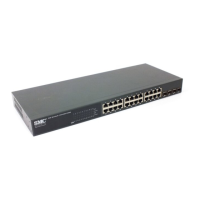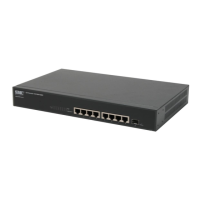IP R
OUTING
C
OMMANDS
37-16
of routing loops For example, this can occur if there are multiple
redistribution points and the router learns about the same external
network with a better metric from a redistribution point other than
that derived from the original source.
Example
This example redistributes static routes and sets the metric for all of these
routes to a value of 3.
Related Commands
default-metric (37-9)
ip rip receive version
This command specifies a RIP version to receive on an interface. Use the
no form to restore the default value.
Syntax
ip rip receive version {none | 1 | 2 | 1 2}
no ip rip receive version
• none - Does not accept incoming RIP packets.
• 1 - Accepts only RIPv1 packets.
• 2 - Accepts only RIPv2 packets.
• 1 2 - Accepts RIPv1 or RIPv2 packets
Command Mode
Interface Configuration (VLAN)
Default Setting
The default depends on the setting specified with the version
command:
• Global RIPv1 - RIPv1 or RIPv2 packets
• Global RIPv2 - RIPv2 packets
Console(config-router)#redistribute static metric 3
Console(config-router)#
